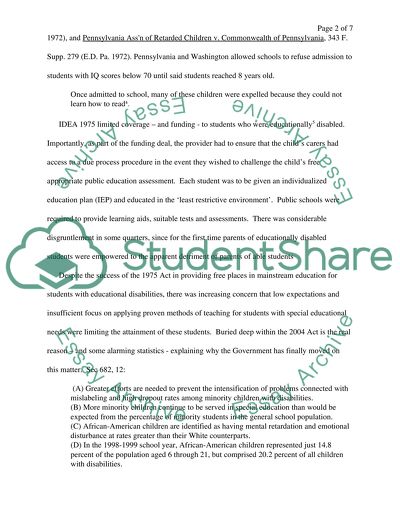Cite this document
(“The Individuals with Disabilities Education Act (IDEA) is both a Essay”, n.d.)
Retrieved from https://studentshare.org/miscellaneous/1501577-the-individuals-with-disabilities-education-act-idea-is-both-a-grants-statute-and-a-civil-rights-statute
Retrieved from https://studentshare.org/miscellaneous/1501577-the-individuals-with-disabilities-education-act-idea-is-both-a-grants-statute-and-a-civil-rights-statute
(The Individuals With Disabilities Education Act (IDEA) Is Both a Essay)
https://studentshare.org/miscellaneous/1501577-the-individuals-with-disabilities-education-act-idea-is-both-a-grants-statute-and-a-civil-rights-statute.
https://studentshare.org/miscellaneous/1501577-the-individuals-with-disabilities-education-act-idea-is-both-a-grants-statute-and-a-civil-rights-statute.
“The Individuals With Disabilities Education Act (IDEA) Is Both a Essay”, n.d. https://studentshare.org/miscellaneous/1501577-the-individuals-with-disabilities-education-act-idea-is-both-a-grants-statute-and-a-civil-rights-statute.


